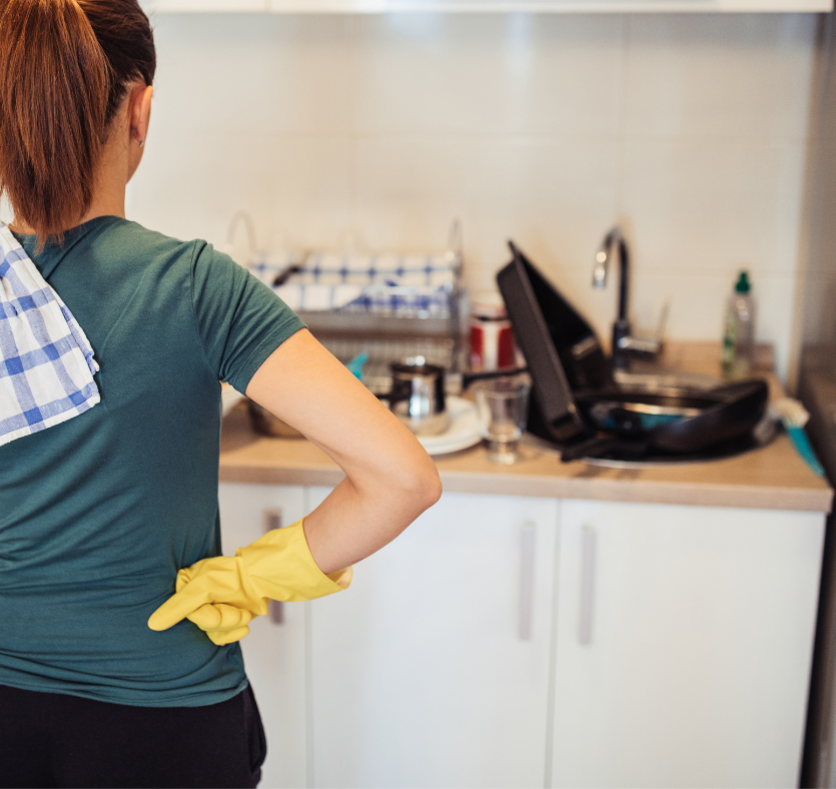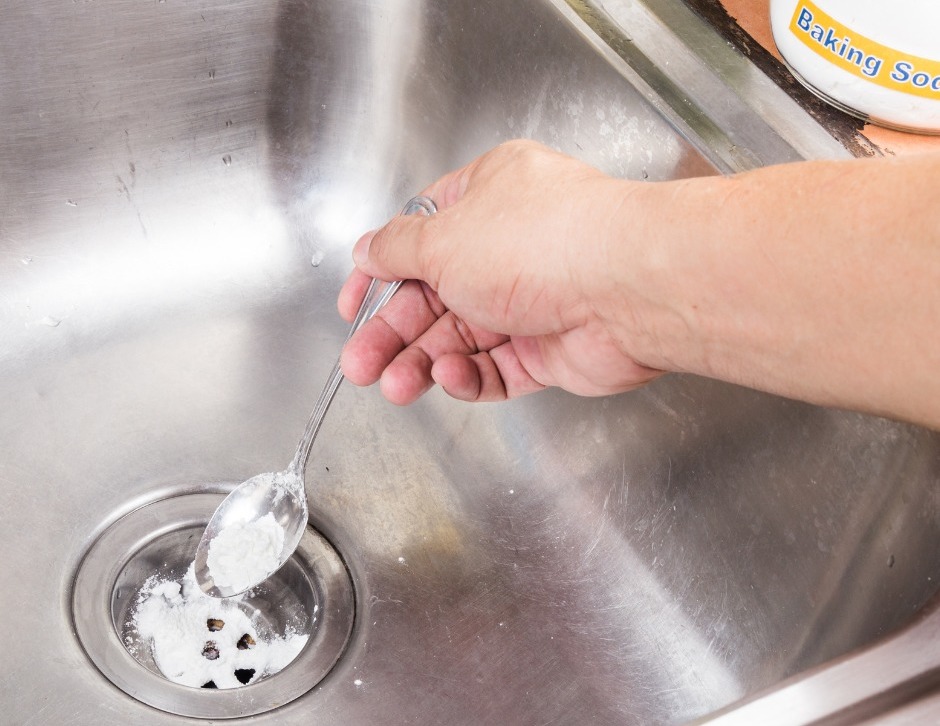What to do when you have a blocked drain in your home
Posted on 29th November 2022 at 12:41
Is your kitchen sink taking a long time to drain, or are you standing in a pool of water when you shower? Slow drainage is one of the main indications of a blocked drain and it’s not something you should ignore. Most of us often forget to address a blocked drain until it becomes a major issue, but that can come with a hefty price tag.

What causes a blocked drain
A blockage forms in your drainpipe due to a build-up of grime and debris. When this happens, it prevents wastewater from flowing out of your home through the pipes. Problem areas that are prone to blockages are your kitchen and bathroom drains. Both drains are used daily, therefore are more susceptible to becoming blocked by waste.
Common objects that cause blockages in homeowner’s drainpipes include:
• Oil, fat, and grease
• Food
• Hair
• Cleaning products
• Sanitary items
If you’re in doubt about whether you can put something down the drain, the best thing to do is just throw it away. Many have thought “it’s only a small amount of food, so it will be fine”. But the issue with this is that you have no idea what’s lurking within your pipes. If there’s a blockage already building up, even the smallest amount of debris could cause a blockage.
Signs of a blocked drain
A blocked drain isn’t always obvious, especially since we can’t see what’s happening inside the drainpipes. When a blockage begins to form, there are a few signs that will indicate there’s a blockage somewhere. If there’s a blockage. you’ll notice the following things:
• Nasty smells in and around your drains
• Slow drainage, especially in your kitchen and bathroom sinks
• Your toilet isn’t flushing normally
• Wastewater is backing up into your sink or toilet
• Gurgling or bubbling sounds coming from plug holes or drainpipes
Call your local drainage experts immediately if you notice structural damage such as cracks on your walls or water pooling on the floor. This could be due to a leaking or collapsed pipe, which should be addressed as soon as possible.
Sometimes, you can successfully unblock a drain using simple yet effective methods. If you’ve been experiencing any of the previously mentioned problems, then try the following methods to unblock your drains.
Pour Hot Water Down the Drain
(Important: Never pour boiling water down your drains in winter, as this can cause frozen pipes to burst).
This method is very effective, and anyone can do it. Fill up your kettle and boil your water. Then slowly pour the hot water down the blocked drain. Make sure you stop every few seconds to ensure the water has time to break down the blockage. If this method is working, you’ll start to notice the water draining faster each time.

Make a solution with baking soda and vinegar
Both products are very effective at cleaning and breaking down grime. When you mix the two, they react with one another, creating carbon dioxide that will begin to break down the blockage. Once the blockage has broken down, you should then be able to flush out your drains with hot water.
Use a drain snake or wire hanger
Although this method isn’t as pleasant as the others, it’s very effective. A drain snake is a flexible and slender drill that effectively lifts and removes tough blockages from your drains. If you don’t have a drain snake to hand, many have had great success with a simple wire hanger. Simply straighten out your hanger and use it to pry out debris and grime that has built up inside the drainpipe.
If none of these methods are successful, it’s time to call in the professionals.
What to do if you can’t unblock your drains
Sometimes a blockage is too large or too far down the pipe to unblock yourself. This is where Semilong Services are here to help. Our team of drainage professionals are equipped to unblock any drain, no matter how tough the blockage is.
Contact us today and we’ll be with you as soon as possible.
Tagged as: Blocked Drain, Drain Tips
Share this post:





